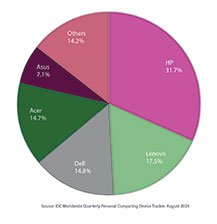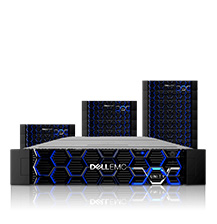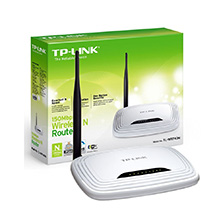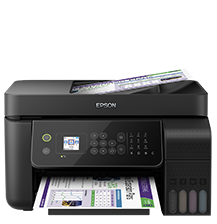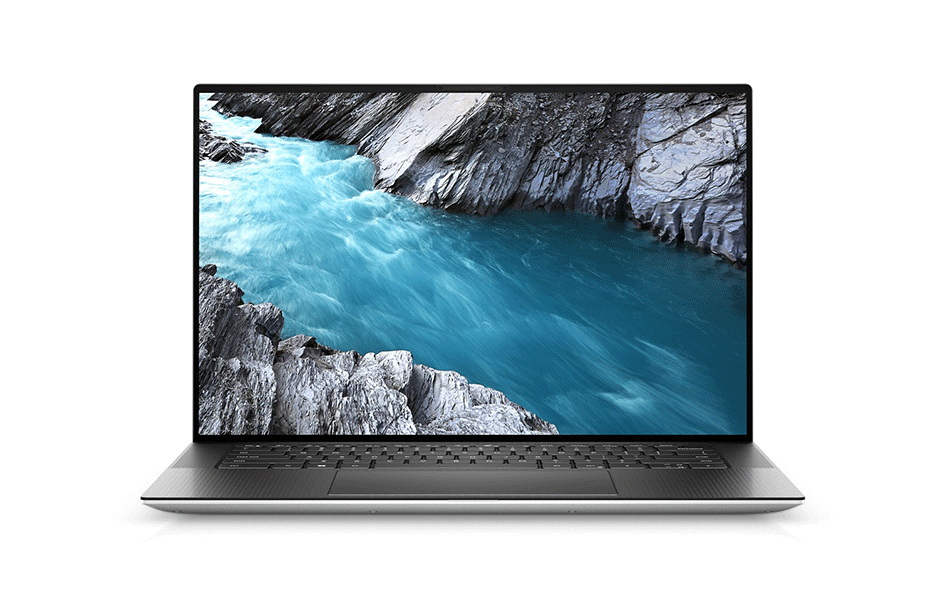Sophos unveils XGS Series next-gen firewall appliances, feature top quality TLS inspection capability
Digital Edge Bureau 22 Apr, 2021 0 comment(s)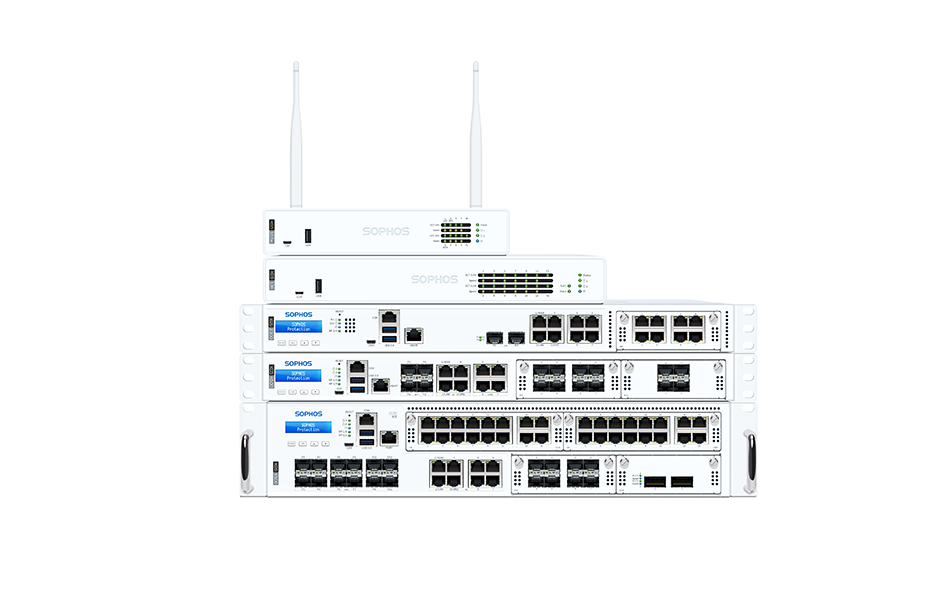
Sophos XGS Series next-gen firewall appliances carry industry-best Transport Layer Security (TLS) inspection capability including native support for TLS 1.3 – that is up to five times faster than other models available on the market today
Sophos, one of world’s leading next-generation cybersecurity solutions companies – having deep expertise in the field of networking and endpoint security along with security intelligence – has launched new XGS Series firewall appliances with great performance and advanced protection against cyberattacks. The new appliances feature industry-best Transport Layer Security (TLS) inspection, including native support for TLS 1.3, that is up to five times faster than other models available on the market today.
Dan Schiappa, Chief Product Officer, Sophos, said, “Sophos Firewall XGS Series appliances represent the most significant hardware upgrade that we have ever released and introduce unmatched detection, protection and speed”. “Security teams can no longer afford to overlook encrypted traffic for fear of breaking something or hurting performance – there’s too much at risk. We’ve completely redesigned the Sophos Firewall hardware to handle the modern encrypted internet. Security teams now have the ability to easily inspect encrypted traffic and shine light on what was once a black hole, and they can confidently do so without compromising on performance”, added Schiappa.
Powered by Sophos Firewall’s Xstream architecture, XGS Series appliances deliver the industry’s best zero-day threat protection, identifying and stopping the most advanced known and potential threats – including ransomware. Protection is fueled by powerful threat intelligence, available only through SophosLabs Intelix and based on petabytes of SophosLabs threat data. Suspicious files are safely detonated in SophosLabs Intelix virtual environments as well as subjected to in-depth static analysis for additional detection coverage and intelligence gathering.
New Xstream flow processors within the appliances automatically accelerate trusted traffic, such as software as a service (SaaS), software-defined wide-area network (SD-WAN) and cloud applications, providing maximum headroom for traffic requiring TLS and deep packet inspection. This greatly reduces latency and improves overall performance for important business applications, particularly those using real-time data. The Xstream flow processors are software programmable, allowing Sophos to offload additional traffic in the future. The flexibility to enhance and adapt connectivity on the hardware itself further protects customers’ hardware investment.
Sophos Firewall XGS Series appliances and firmware are easily managed on the cloud-based Sophos Central platform alongside Sophos’ entire portfolio of next-generation cybersecurity solutions. Solutions share threat intelligence and automatically respond to security incidents through Sophos’ unique synchronized security approach. Integration with Sophos Managed Threat Response (MTR) further boosts protection with human analysis for 24/7 fully managed threat detection and response.
Moreover, Sophos provides unique and intuitive dashboard visibility of TLS traffic and inspection issues, and security administrators can add exceptions for problematic streams with one click. Performance is also optimized out of the box with an extensive set of rules that are updated and maintained by SophosLabs to exclude safe traffic from inspection.
Cybercriminals Increasingly make use of TLS to avoid detection
Sophos has also published new research that says that nearly half of the malware now make use of TLS to conceal communications. This also identifies a surge in cybercriminals using TLS in their attacks. The increasingly popular tactic is used by adversaries to encrypt and encapsulate the content of malicious communications to avoid detection as they carry out attacks.
In fact, 45 percent of malware detected by Sophos from January through March 2021 used TLS to conceal malicious communications. That’s a staggering rise from the 23 percent Sophos reported in early 2020. Sophos has also seen an increase in the use of TLS to carry out ransomware attacks in the past year, particularly with manually-deployed ransomware. The majority of malicious TLS traffic that Sophos has detected includes initial-compromise malware, such as loaders, droppers and document-based installers like BazarLoader, GoDrop and ZLoader.
“TLS has undoubtedly changed the privacy of internet communications for the better, but for all the good it’s done, it’s also made it much easier for attackers to download and install malicious modules and ex-filtrate stolen data – right under the noses of IT security teams and most security technologies,” said Schiappa. “Attackers are taking advantage of TLS-protected web and cloud services for malware delivery and for command and control. Their initial compromise malware is simply the advance guard for major attacks, as they’re setting up camp for the heavy artillery that follows, like ransomware”, explained Schiappa.
















